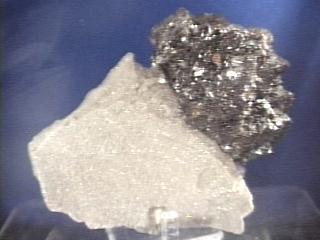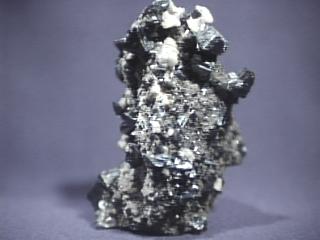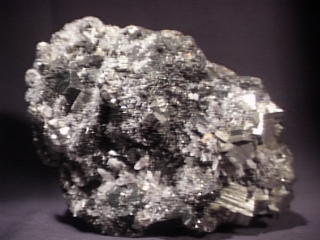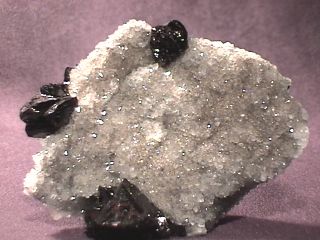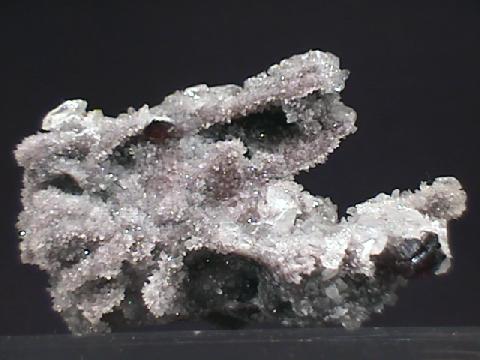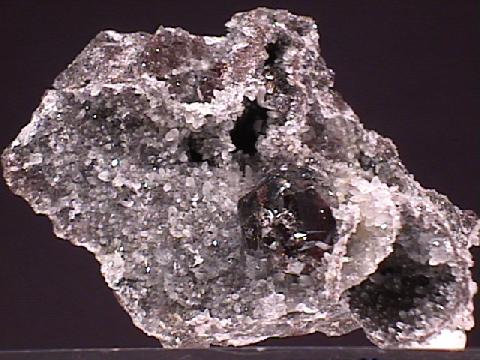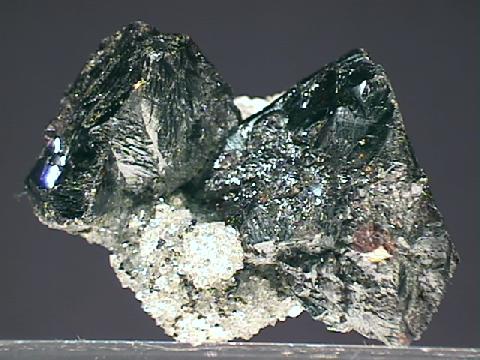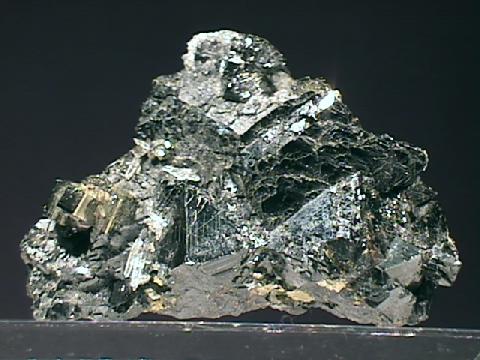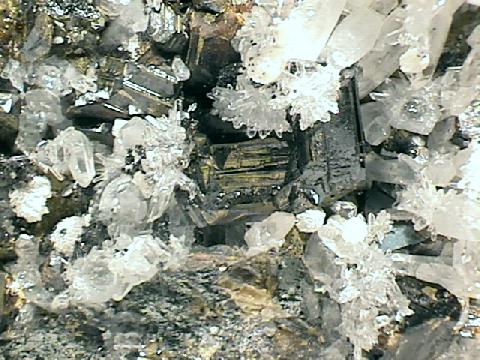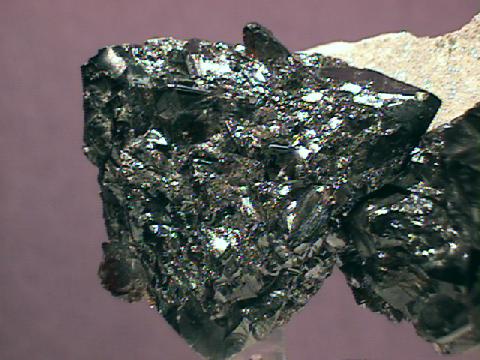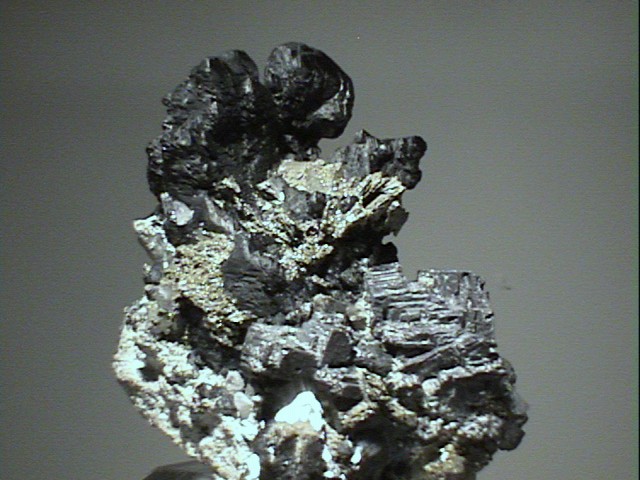 THE MINERAL SPHALERITE
THE MINERAL SPHALERITE
- Chemistry: (Zn, Fe)S, Zinc Iron Sulfide
- Class: Sulfides
- Group: Sphalerite Group
- Uses: major ore of zinc, rarely cut into gemstones, mineral specimen
Specimens
Sphalerite is one of the very few minerals that has a total of six directions of cleavage. If all of them were to be perfectly cleaved on a single crystal it would form a rhombic dodecahedron. Identifying all six directions in a single cleaved crystal is quite difficult due to the multiple twinning and the many directions. Only the fact that there is abundant cleavage at different directions can easily be seen in most cleaved specimens.
Sphalerite can be difficult to identify because of its variable luster, color, abundant but obscured cleavage and crystal habits. So difficult was sphalerite for miners to distinguish from more valuable minerals such as galena, acanthite and tetrahedrite, that they named it sphalerite which is Greek for treacherous rock and blende is German for blind or deceiving.
The
The twinning of sphalerite is also special. It can form a spinel twin which is a specialty of the mineral spinel. The spinel twin is where a tetrahedral crystal is twisted in the middle so that three points of the tetrahedron are in alignment with the other three points. These crystals are not usually completely developed in sphalerite but the indentations that the twinning causes are usually seen on some crystals in almost every specimen. A twin type for some reason called a "chicken twin" or "hen" forms a sort-of football shaped twin.
Sphalerite is a polymorph with two minerals, wurtzite and
Sphalerite's structure is analogous to the diamond structure. If every other carbon in the diamond structure is replaced by a sulfur atom and the remaining carbons are replaced with either a zinc or an iron atom then basically the mineral is sphalerite.
Sphalerite is by no doubt the most important ore of zinc, an industrially and at times strategically important metal. Other zinc ores include hemimorphite, smithsonite, willemite, franklinite and zincite. Although its importance as an ore of zinc is undisputed, it is a very attractive and a very interesting mineral for collectors as well.
PHYSICAL CHARACTERISTICS:
- Color is typically black but can be brown, yellow, reddish, green, and less commonly white or colorless.
- Luster is adamantine or resinous or submetallic to earthy in massive forms.
- Transparency crystals are transparent to translucent.
- Crystal System is isometric; bar 4 3m
- Crystal Habits can be complicated with the rhombic dodecahedron, tetrahedron and combinations of these having cubic and tristetrahedron faces giving the crystals multiple faces of often indistinct forms. To add more confusion to the indistinct crystals, twinning is common and sometimes pervasive. Massive forms are common and can be granular, earthy, botryoidal, concretionary and fibrous. An aggregate of botryoidal crusts with layers of wurtzite and galena is called "Schalenblende" is sometimes cut and polished as an ornamental stone.
- Cleavage is perfect in six directions forming dodecahedrons.
- Fracture is conchoidal, but rarely seen because of frequent cleavage.
- Hardness is 3.5-4
- Specific Gravity is approximately 4.0 (heavier than average, but light when compared to most metallic minerals)
- Streak is yellow to light brown (unusually light colored for a normally dark mineral).
- Other Characteristics: Striations on tetrahedral faces,
triboluminescent (meaning it may glow if crushed), an index of refraction of 2.37 - 2.42, a dispersion (fire) of 0.156 and finally sphalerite is pyroelectric (meaning that it forms a slight electrical charge when heated or cooled). - Associated Minerals almost always include galena, pyrite, fluorite, chalcopyrite, quartz, calcite, magnetite, pyrrhotite and many others.
- Notable Occurrences include Tri state area near Joplin, Missouri; Rosiclare, Illinois; Elmwood, Tennessee, USA; Broken Hill, Australia; Italy; Spain; Burma; Peru; Morocco; Germany and England.
- Best Field Indicators are crystal habits, streak, cleavage, high luster, softness and twinning.

